Skate’s Greatest Hits: A Call for Nostalgia in a Live-Service World
Popular Now
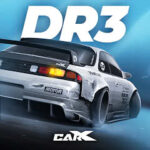 Auto X Drift Racing 3
Auto X Drift Racing 3
 R.E.P.O
R.E.P.O
 Minecraft
Minecraft
 NBA 2K24
NBA 2K24
 Free Fire Max
Free Fire Max
 Brawl Stars
Brawl Stars
 BeamNG.drive
BeamNG.drive
 Fortnite
Fortnite
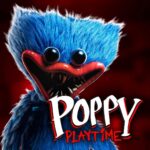 Poppy Playtime
Poppy Playtime
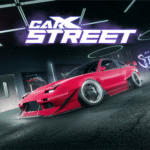 CarX Street
CarX Street 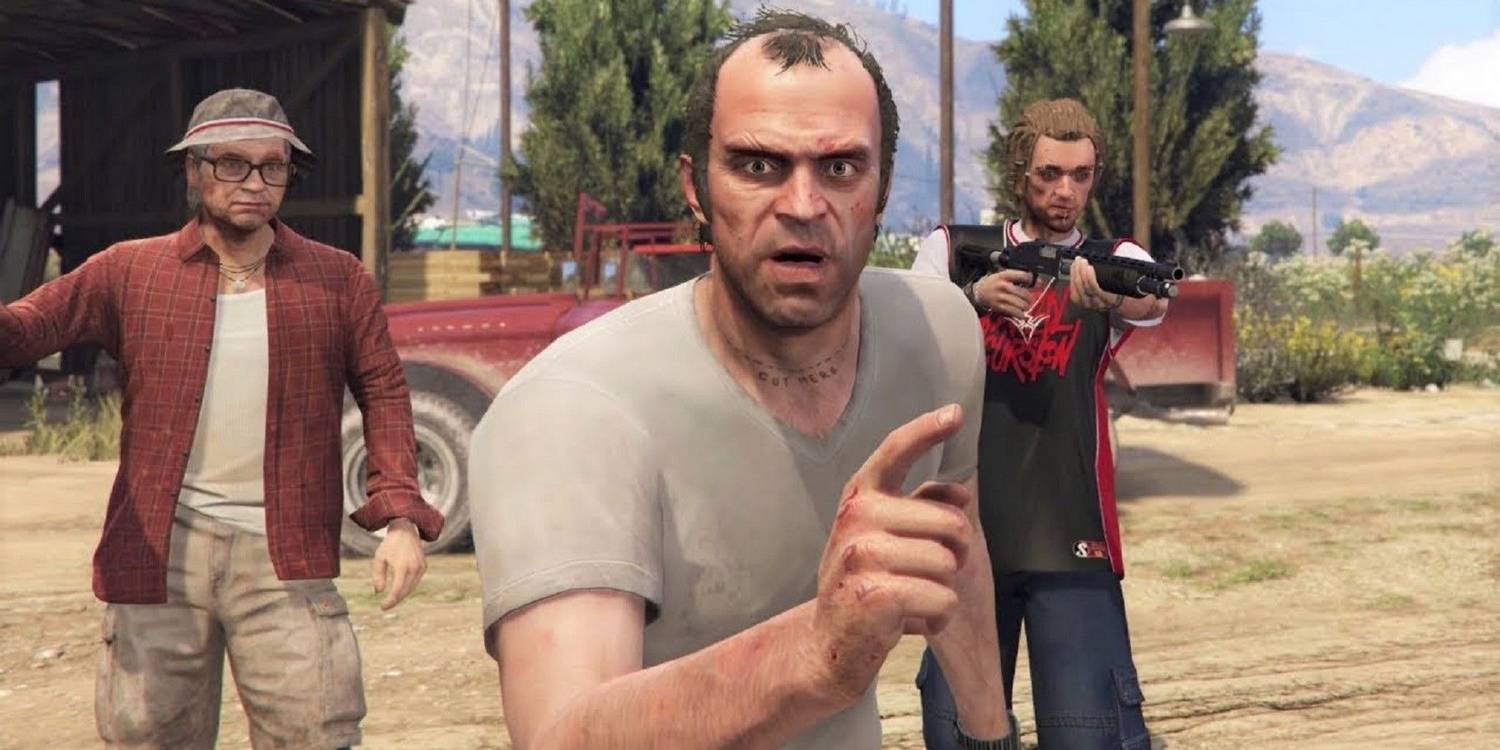 The return of the beloved Skate franchise has been one of the most highly-anticipated events in recent gaming history. After years of clamoring from fans, EA’s new live-service, free-to-play title, simply titled skate., has finally arrived in Early Access. While the new map, “San Vansterdam,” offers a fresh, dynamic, and ever-evolving playground, a potent question lingers in the air: should the new game ever return to the hallowed grounds of its predecessors? The answer, for many, is a resounding yes.
The return of the beloved Skate franchise has been one of the most highly-anticipated events in recent gaming history. After years of clamoring from fans, EA’s new live-service, free-to-play title, simply titled skate., has finally arrived in Early Access. While the new map, “San Vansterdam,” offers a fresh, dynamic, and ever-evolving playground, a potent question lingers in the air: should the new game ever return to the hallowed grounds of its predecessors? The answer, for many, is a resounding yes.
The core philosophy of the new skate. is a “live-service” model. This means that instead of a one-time release with a static map, the developers at Full Circle are continuously updating the game with new content, areas, and events. This approach is a double-edged sword. On one hand, it ensures the game remains fresh and engaging for a prolonged period, with new challenges and community-driven events. On the other, it creates an immediate sense of nostalgia and longing for the iconic, meticulously designed maps of the original trilogy: San Vanelona and Port Carverton.
 San Vanelona vs. San Vansterdam: A Tale of Two Cities
San Vanelona vs. San Vansterdam: A Tale of Two Cities
The original Skate and Skate 2 maps, set in the sprawling city of San Vanelona, were masterpieces of design. They were not just a collection of skate spots; they were a living, breathing city with distinct districts, from the sprawling hills of the suburbs to the bustling, gritty downtown core. Players spent countless hours exploring every nook and cranny, discovering hidden spots and “never-been-dones” (NBDs) that felt like personal triumphs. The maps were characterized by an almost perfect flow, with long, winding downhill roads that allowed for epic, high-speed lines and intricate parkour possibilities that a dedicated community still reveres to this day. The memory of bombing the “Super-Ultra-Mega-Park” or grinding the iconic “Slappy’s” in the original games is a powerful one, and it’s a feeling that the new San Vansterdam, while excellent in its own right, has yet to fully replicate.
Similarly, Skate 3‘s Port Carverton, with its unique university campus and industrial districts, was a different kind of beast, but equally beloved. It encouraged a more varied style of skating, and its segmented nature allowed for a greater focus on specific environments. While some fans were initially critical of its more “separated” feel, it has since been recognized for its unique charms and for being the birthplace of some of the most creative trick lines and challenges ever performed by players.
The Live-Service Opportunity: How Old Maps Can Be New Again
The current state of San Vansterdam is a testament to the new game’s potential. The developers have already hinted at its continuous evolution, with parts of the map being literally a floating island that can move and connect to new areas. This provides a perfect opportunity to re-introduce the old maps. Instead of a simple port, the developers could use the live-service model to bring back San Vanelona and Port Carverton as remixed, updated, and even expanded versions. Imagine the possibilities:
- Dynamic Updates: The iconic spots could be refreshed with new obstacles and features that change with each new season or event. A major seasonal update could, for example, turn the downtown core of San Vanelona into a massive, winter-themed skate park.
- Cross-Play and Community: The return of these maps would allow for a new generation of players to experience them, but this time with the added benefit of live, multiplayer sessions. Players could return to their favorite spots and re-discover them with friends in a seamless online environment. This would not only satisfy longtime fans but also build new memories for newcomers.
- A Marketing Dream: The announcement of a new, remade classic map would be a massive marketing event, generating immense buzz and bringing back a huge wave of lapsed players. It’s a low-risk, high-reward strategy that taps directly into the powerful currency of nostalgia.
Bringing back these maps isn’t just about pandering to nostalgia. It’s about honoring the legacy of the franchise while giving it a new future. The “Flick-It” controls and the core gameplay are what make Skate special, but the maps are the canvases on which players create their masterpieces. Returning to these beloved canvases, but with the new tools and social features of skate., would be the ultimate tribute and a brilliant move for the long-term health of the game. It would provide a perfect blend of the new and the old, ensuring that skate. not only moves forward but also remembers where it came from.
“I Feel Absolutely Nothing”: Trevor Phillips Actor Steven Ogg Is Clearly Sick Of Being Asked About Grand Theft Auto 6
B
Blog
Gem tuỳ chỉnh
“I Feel Absolutely Nothing”: A Star’s Detachment from His Most Famous Role
In a candid and somewhat startling turn of events that has sent ripples through the gaming community, Steven Ogg, the actor behind the iconic and deranged character Trevor Phillips in Grand Theft Auto V, has once again addressed his relationship with the franchise that made him a global sensation. At a recent fan convention, Ogg was asked about his excitement for the upcoming Grand Theft Auto 6. His response was as blunt as it was unexpected: “I feel absolutely nothing.” This statement has reignited a long-standing debate about the nature of celebrity, the power of a single role, and the unique pressures faced by actors in the world of blockbuster video games.
The comment, which has since gone viral, was not made out of malice. Ogg went on to clarify that his indifference stems from a simple fact: he is “not a gamer” and has never played a single video game in his life, including GTA V itself. This revelation, while not new to his most dedicated fans, came as a shock to many who have come to associate him so completely with the character of Trevor. The actor compared the situation to someone recommending a book to him, to which he would respond by suggesting they read Fyodor Dostoevsky’s Crime and Punishment. His message was clear: his passion is acting and literature, not interactive entertainment.
The Burden of an Iconic Character
For many years, rumors have swirled that Ogg disliked the role of Trevor Phillips, a character known for his explosive temper and psychotic tendencies. However, he has consistently pushed back on this notion, stating in past interviews that he found Trevor to be a “great character” and was proud of his work. The real issue, it seems, is the constant barrage of questions and the expectation that he must embody the character in his everyday life. The fame that came with the role, while a professional boon, has also created a form of typecasting and public pressure that he clearly finds exhausting. Unlike his co-stars Ned Luke (Michael) and Shawn Fonteno (Franklin), who have fully embraced the gaming community and their roles, Ogg has always maintained a professional distance, viewing his performance as a job, albeit a highly successful one.
This is a dilemma that many actors face when they become inextricably linked with a single, massive role. It is the “Alec Guinness” effect, named after the legendary actor who famously expressed his disdain for being forever known as Obi-Wan Kenobi. While Ogg’s situation is less extreme, the principle is the same: the desire to be recognized for a diverse body of work rather than a single, career-defining character. Ogg has an impressive resume of his own, with notable roles in television series such as The Walking Dead and Westworld. Yet, for a significant portion of the public, he will always be Trevor Phillips.
The Future of Trevor and the Gaming Industry
Ogg’s comments have led to renewed speculation about whether Trevor Phillips will make an appearance in GTA 6. In a previous interview, Ogg himself had playfully pitched an idea for a cameo where the character would be killed off immediately, a humorous callback to Trevor’s introduction in GTA V, where he brutally murders Johnny Klebitz from The Lost and Damned. While this was a jest, it speaks to a certain desire to “pass the torch” and move on from the character that has defined his public image for a decade. The fact that the new game is set in a different location, Vice City, makes a Trevor cameo unlikely, but not impossible.
The entire incident also highlights a broader cultural shift. As video games continue to evolve into a dominant form of entertainment, the line between traditional acting and voice-acting/motion-capture is becoming increasingly blurred. The performance capture technology used in games like Grand Theft Auto V means that the characters are not just voices; they are digital avatars with the actors’ faces, movements, and physicality. This makes the connection between actor and character more potent than ever, and it places a unique burden on the talent involved. The gaming community’s passion, while a powerful force, can sometimes overstep boundaries, leading to situations like the one Ogg has found himself in. As we await the next chapter of the Grand Theft Auto saga, Ogg’s comments serve as a poignant reminder that for the people who bring our favorite characters to life, it’s just a job, and they deserve the space to be seen as more than just a video game icon.



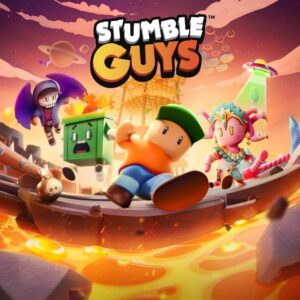




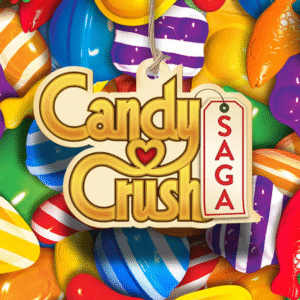
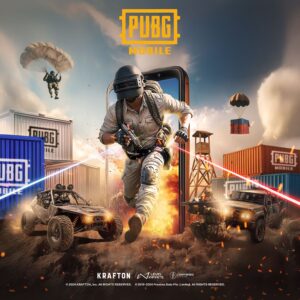
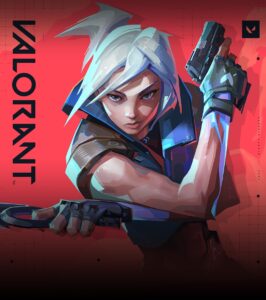
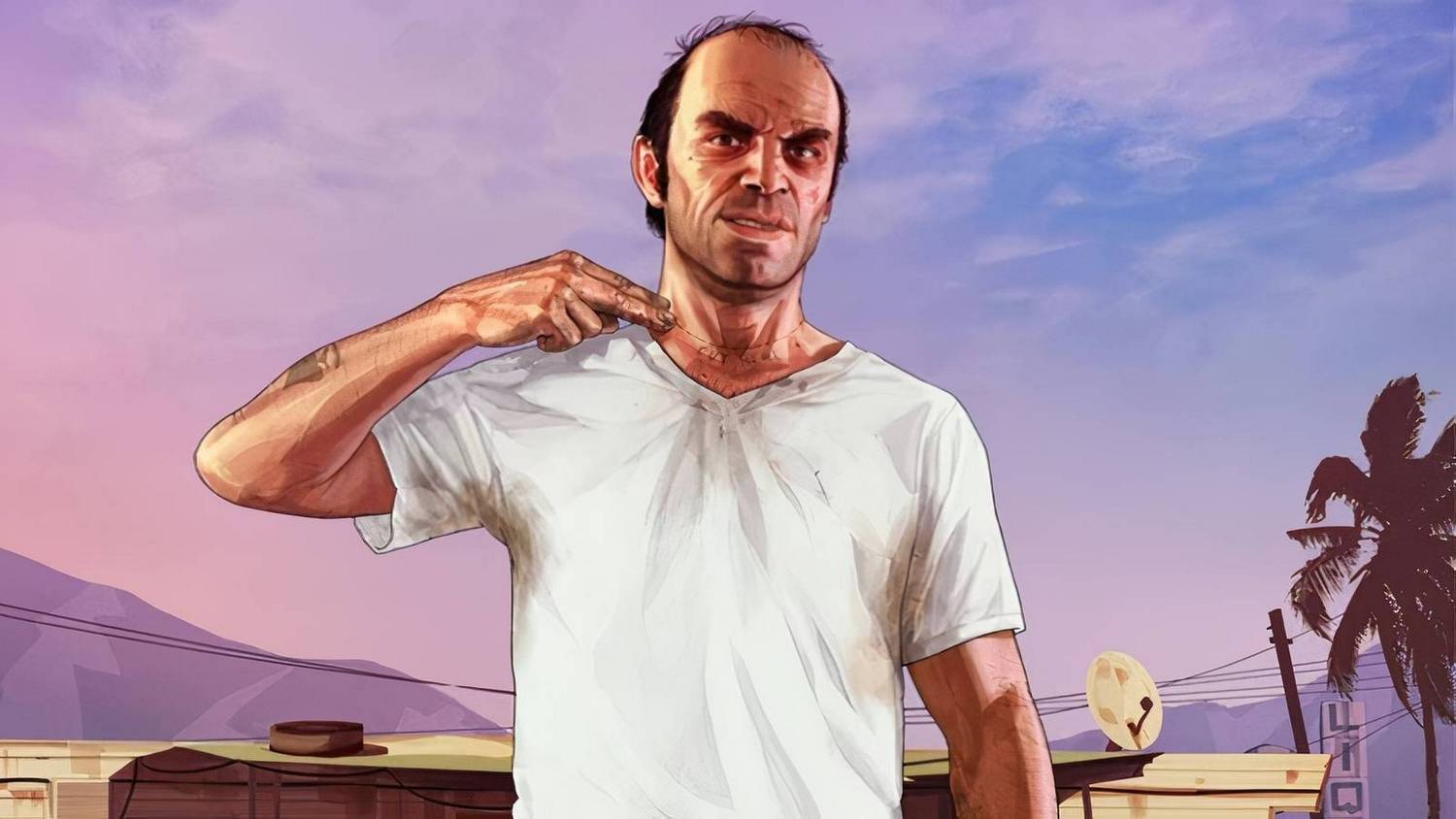 San Vanelona vs. San Vansterdam: A Tale of Two Cities
San Vanelona vs. San Vansterdam: A Tale of Two Cities